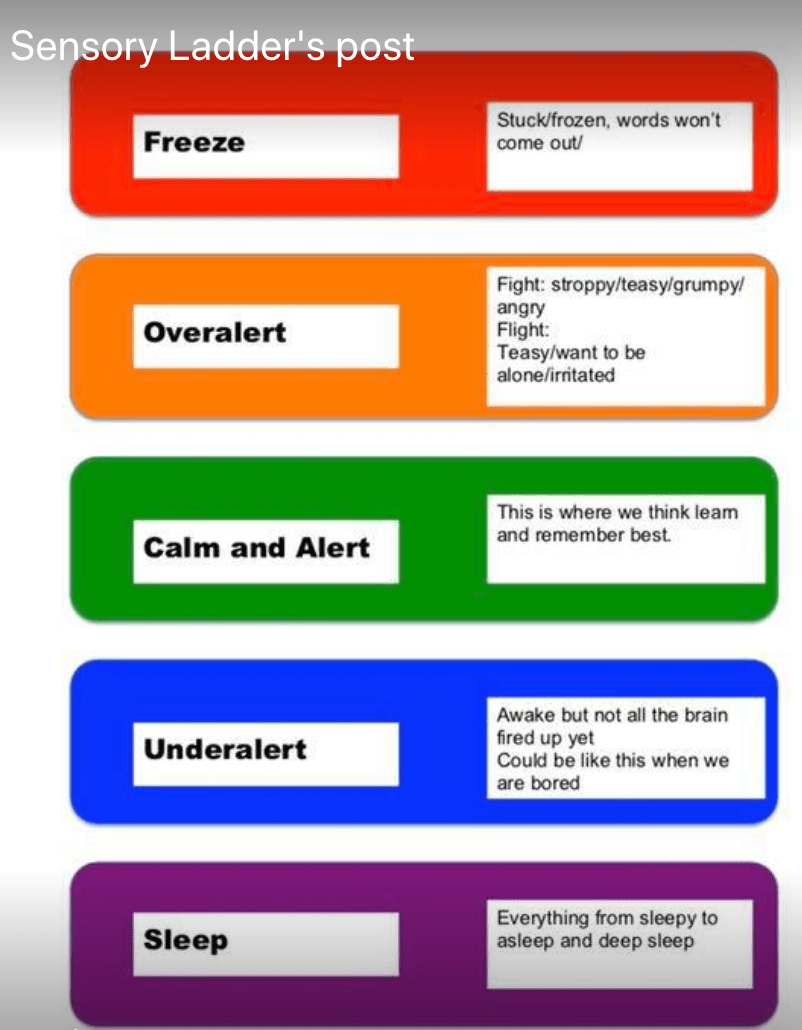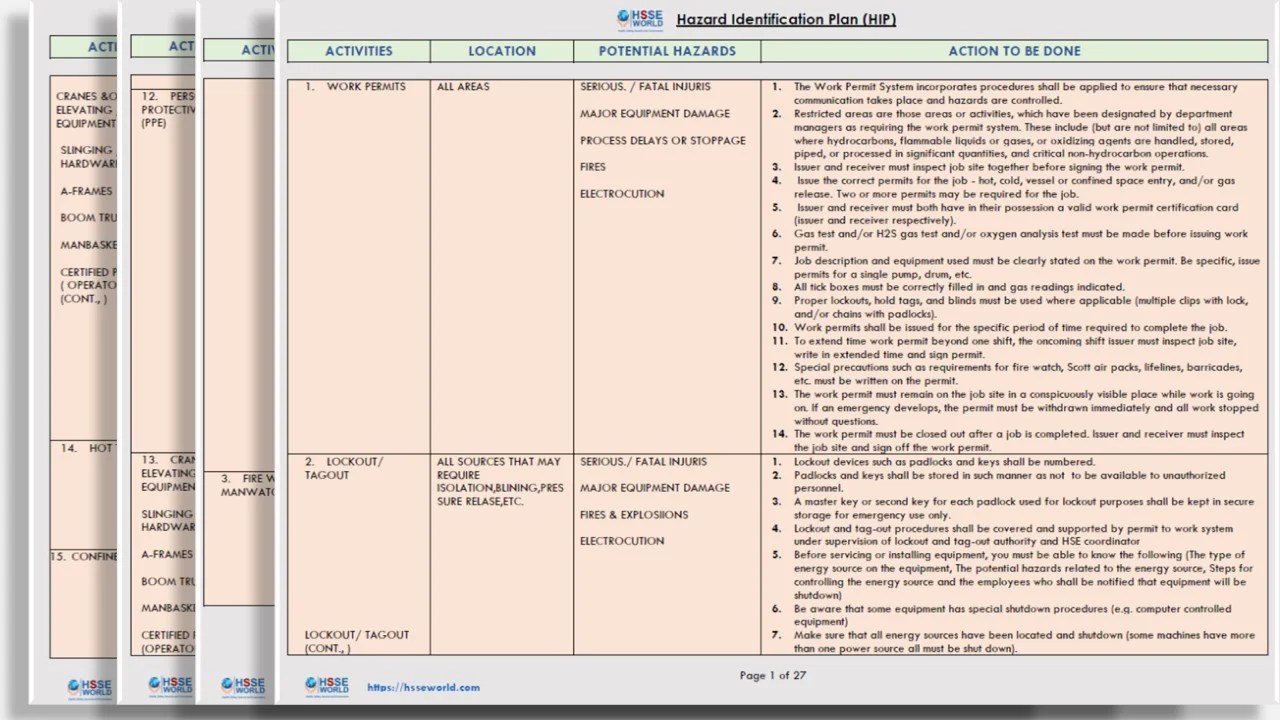Step Ladder Risk Assessment Template
Step Ladder Risk Assessment Template – Articles What works independently? Self Employed Sectors Violence and Self Employed Case Studies Safepoint News Every 30 Minutes Campaign Self Employed in the US
The Health and Safety Act states that ladders should not automatically be the first choice for work at height, but can be a reasonable and practical option for low-risk tasks of short duration.
Step Ladder Risk Assessment Template

The Health and Safety Executive says a risk assessment should be carried out before a ladder is used to see if a higher level of protection is needed.
Bizsafe Risk Assessment
This does not mean that you have to be equipped to change the bulb; rather, you must make sound decisions about risks. In general, ladders should only be used:

To progress up the ladder, a worker must demonstrate competence “through a combination of academic, practical and theoretical knowledge and experience”.
If the worker is still training, he should be supervised by a competent person. The worker must be trained to:
Job Risk Assessment
You should also check that you have the owner’s manual for the ladder (this is usually printed on the ladder).
This “before use” check should be done by the person using the ladder at the start of the day and after anything changes (ie when the ladder is dropped or moved to other areas).

Any damage to the handrails, rungs, steps, platform, lock or feet will be considered grounds for not using the ladder. Occupational hazard assessment is a systematic approach to identifying potential hazards, assessing risks and implementing control measures. It is an integral part of the management of health and safety conditions in the workplace, which is important for the analysis of what may threaten the safety of people in the workplace and the means to prevent damage or loss and injury. work.
Hira, Hse Hazards & Effects Management Process (hemp) & Risk Register Templatehsse World
Occupational hazard assessment is basically a research process that evaluates a person’s environment and job duties in order to predict potential hazards. Although we may not realize it or be aware of it, assessing the immediate risks in our surroundings is the most important task we perform every day, whether at work or not. In particular, our health and safety depend on our ability to recognize it before it happens.
Occupational risk assessment also includes regular monitoring of controls and insurance to ensure they are consistently implemented. By doing so, the organization can help eliminate or at least reduce risks. Risk assessment template
The main purpose of occupational risk assessment is to assess environmental risks. The answer to this simple motive is to attempt to eliminate or mitigate hazards or risks that harm people in the workplace by providing and establishing specific control measures. An occupational risk assessment should answer the following questions:

Louisville Ladder 6 Foot Fiberglass Step Ladder, Type Ia, 300 Pound Load Capacity, Fs1506
It is a good idea to carry out a risk assessment before introducing any major project or activity, or before making any extensive modifications or improvements to existing projects. Most importantly, once a hazard is identified, it is important to conduct an occupational risk assessment.
When planning to use an occupational risk assessment, you must first determine the scope of your implementation. It is important to know how extensive your preparations should be. Next, identify the resources you need and the resources you have. These resources may include a team of trained people to help you conduct the assessment.

You should also measure the risk analysis that may result from the assignment. This will help you calculate how much trouble your plan will have to work. Any laws and regulations that may apply to your jurisdiction should also be reviewed and applied. Example Risk assessment
Ra Stepladders 0002 July 2017
Occupational hazards are defined as any incident or event that may cause injury, illness or death. It can be a small and insignificant element that can prove harmful to those who live in the workplace. They may include:

Biological hazards. This includes exposure to harmful diseases that may be associated with close work with other people, plants or animals. These are more common in schools, nurseries, hospitals, laboratories and various outdoor jobs.
Physical hazards. This applies to everything in the immediate vicinity that can harm a person without touching it.
Hazard And Risk
Ergonomic hazards. This occupational hazard is quite different from others because it is not caused by any natural phenomenon or element, but is usually the result of stressful working conditions and body structure. This risk is more difficult to detect because the person suffering from it has no symptoms.
Chemical hazards. This usually only applies to workplaces that require employees to handle chemicals as part of their duties. This risk may vary from employee to employee. Some may develop chemical immunity over time. However, in sensitive individuals, even the slightest exposure can cause skin irritation and respiratory problems.

Organizational risks. This is true for stressors that can have long-term or short-term effects. It is usually a product of the following working conditions:
Pdf) Risk Assessment For Scaffolds And Ladders
Although this list is by no means exhaustive, it is a well-structured guide that you can use to design and customize your own occupational risk assessment. These six main classifications can have the greatest impact on the safety and security of your employees, so study them carefully. It’s important to create specific and individualized assessments to make sure you’re meeting the unique needs of each employee. Example of a risk assessment matrix

Another tool used to ensure that everyone in the workplace is protected from potential harm is occupational hazard assessment by identifying elements that could harm them. After all, a company’s workforce is its greatest resource. Its protection is the work of the organization. Occupational risk assessment is not a guarantee that the workplace will no longer be dangerous for its employees. But it is a guarantee that all dangers and dangers will be under your control because you have prepared for them in advance. HSSE WORLD > HSE > Safety > Construction > Photo of the days: safe use of ladders and ladders
Ladders and ladders are not prohibited by the Health and Safety Act. In fact, while they may not automatically be your first choice, they can be a reasonable and practical option for short-term, low-risk tasks. Make sure you use the right type of ladder and know how to use it safely.

Stop Think Plan Risk Assessment
Today’s photo provides guidance to employers on the simple, common sense measures employers should take to keep people safe when using ladders and ladders in the workplace. It will also be beneficial for employees and their representatives.
The law states that ladders can be used for work at heights if a risk assessment shows that the use of equipment with a high level of falls is low-risk and disproportionate given the short period of use, or if there are elements in the workplace that are modified.

Short-termism is not the deciding factor when deciding whether or not to use a ladder – you have to consider the risk first. As a guideline, if your job requires you to be on a ladder or ladder for more than 30 minutes at a time, we recommend considering alternative equipment.
Risk Assessment For Installation Of Toilet Exhaust Fan
You should only use ladders in situations where they can be used safely, such as where the ladder is level and stable and where the ladder can be reinforced.

You must be competent to use a ladder, which means you must have instructions and understand how to use the equipment safely.
Proper training can help. If you are undergoing training, you should be working under the supervision of someone who can perform the task competently. Training can often be on the job.

Ladder Inspection Checklist: Osha Safety Form
Before starting work, a “pre-use inspection” should be carried out to identify obvious visual defects to ensure that the ladder is safe.
Check the slats – make sure they are not bent or damaged as the ladder could bend or fall.

Check the legs – if they are missing, worn or damaged, the ladder may slip. Also, when transitioning from soft/dirty ground (eg excavated soil, loose sand/rock, dirty workshop) to a smooth, hard surface (eg cobblestones), check the ladder feet, not dirt, leg material (eg ). dirt, debris or stones) touching the ground.
Areas To Consider In Your Risk Assessment
Check the locking mechanisms – if they are bent or if the latches are worn or damaged, the ladder may fall. Make sure all locking bars are attached.

Check the ladder platform – if it is cracked or bent, the ladder may become unstable or fall.
Check treads or treads on stairs – if dirty, they can be slippery; if the fasteners on the ladders are loose, they can fall.
Risk Assessment Posters
After performing preliminary application
Nist risk assessment template, it risk assessment template, hipaa risk assessment template, system risk assessment template, security risk assessment template, ladder risk assessment template, cyber risk assessment template, step ladder risk assessment, risk assessment analysis template, iso risk assessment template, software risk assessment template, vendor risk assessment template
Thank you for visiting Step Ladder Risk Assessment Template. There are a lot of beautiful templates out there, but it can be easy to feel like a lot of the best cost a ridiculous amount of money, require special design. And if at this time you are looking for information and ideas regarding the Step Ladder Risk Assessment Template then, you are in the perfect place. Get this Step Ladder Risk Assessment Template for free here. We hope this post Step Ladder Risk Assessment Template inspired you and help you what you are looking for.
Step Ladder Risk Assessment Template was posted in January 12, 2023 at 6:05 pm. If you wanna have it as yours, please click the Pictures and you will go to click right mouse then Save Image As and Click Save and download the Step Ladder Risk Assessment Template Picture.. Don’t forget to share this picture with others via Facebook, Twitter, Pinterest or other social medias! we do hope you'll get inspired by SampleTemplates123... Thanks again! If you have any DMCA issues on this post, please contact us!


